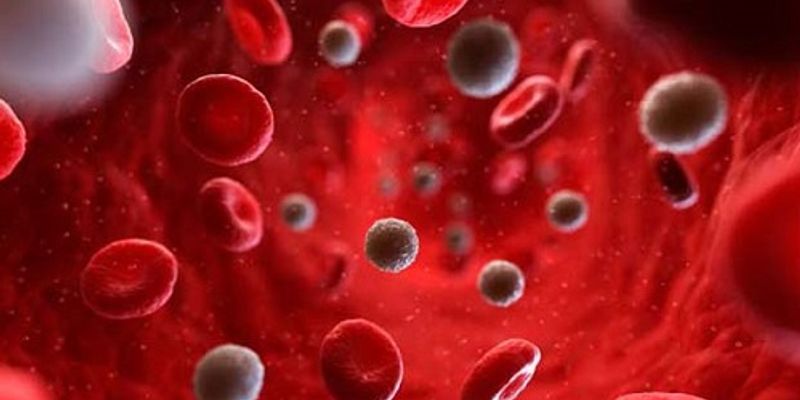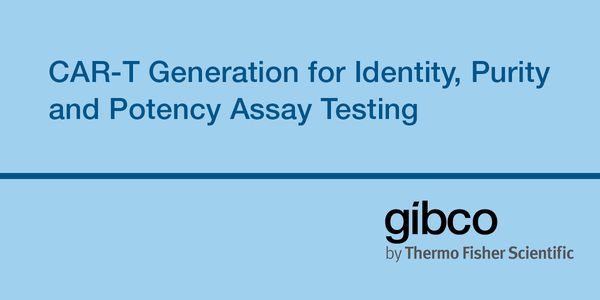Coagulation
Coagulation: Coagulation is the process by which blood changes from a liquid to a gel, forming a blood clot. It potentially results in hemostasis, the cessation of blood loss from a damaged vessel, followed by repair.
-
FEB 25, 2020 | 9:00 AMLearn about how to generate a small scale CAR-T workflow using ThermoFisher products See detailed characterization tools that can be utilized and applied in a CAR-T workflow...The compendium of newly emerging and currently available hemophilia and anticoagulant treatments, while offering new choices for improved patient care, can create significant levels of inter...Speaker: Donna Castellone, MS, MASCP, MT(ASCP) SH
JAN 14, 2020 | 9:00 AM
Fecal elastase-1 – a biomarker for pancreatic exocrine insufficiency(EPI) continues to gain traction as an ideal biomarker for assessing EPI. This presentation will include a review of...
OCT 17, 2019 | 10:00 AM
DATE: October 17, 2019TIME: 10:00am PDTNext generation sequencing (NGS) has revolutionized molecular diagnostic testing. It is important to note that, as with many molecular diagnost...
SEP 09, 2019 | 8:00 AM
Standardization and harmonization have come a long way in the last 3 to 4 decades; however, standardization is imperfect. Laboratory professional need to recognize the limitations of some of...
Speaker:
Russell Higgins, MD
APR 24, 2019 | 12:00 AM
Learning objectives: Identify solutions in areas of coagulation that can be enhanced by implementing good laboratory practices and standard operating procedures Analyze re...
Speaker:
Donna Castellone, MS, MASCP, MT(ASCP) SH
APR 22, 2019 | 12:00 AM
ABSTRACT Learning objectives: Highlight recent clinical trials describing use of DOACs Demonstrate if (ever) one needs to monitor DOACS Review best practice with respec...
Speaker:
Mark Crowther , MD, MSc, FRCPC
JAN 15, 2019 | 8:00 AM
Learning objectives: Describe the responsibility of the laboratory during the validation process of new instrumentation. Distinguish between validation and verification of laboratory...
Speaker:
Jana Gausman, MT (ASCP)
As the diagnostic test menu has increased in size and complexity, healthcare providers are in great need of advice on appropriate test selection and result interpretation. To address this nee...
Speaker:
Michael Laposata, MD, PhD
OCT 12, 2018 | 8:00 AM
The D-dimer can be a useful tool in the management of patients with suspected or established venous thromboembolism (VTE). One use is in the assessment of a patient who presents with symptoms...
The ongoing research and scientific debate on pathophysiology, classification, nomenclature and diagnosis of antiphospholipid syndrome illustrates the complexity of cellular membranes, their...
AUG 08, 2018 | 8:00 AM
DATE: August 8, 2018TIME: 8:00AM PT, 11:00AM ETAntiphospholipid syndrome (APS) is an autoimmune acquired thrombophilic disorder which is diagnosed based on clinical and labor...
There is robust evidence supporting strong association with CYP450 (Phase 1) enzymes and influence on drug levels (affecting response & side effects in many cases) with many psychotropic...
Advances in DNA sequencing, based upon massively parallel sequencing, has resulted in dramatic advances in DNA sequence output in the past few years. It is now possible to generate terrabases...
The introduction of targeted therapies into the clinical management of lung adenocarcinoma has had a massive impact on patient care. Multiple driver mutations are now druggable and treatments...
Speaker:
Paul Hofman, MD, PhD
Finding effective treatments for cancer is fundamentally a high-dimensional probabilistic planning, search, and optimization problem, characterized by thousands of molecular subty...
Crohn’s disease and ulcerative colitis also known as inflammatory bowel diseases or IBD, are characterized by chronic, recurrent inflammation of the gastrointestinal tract, which result...
























